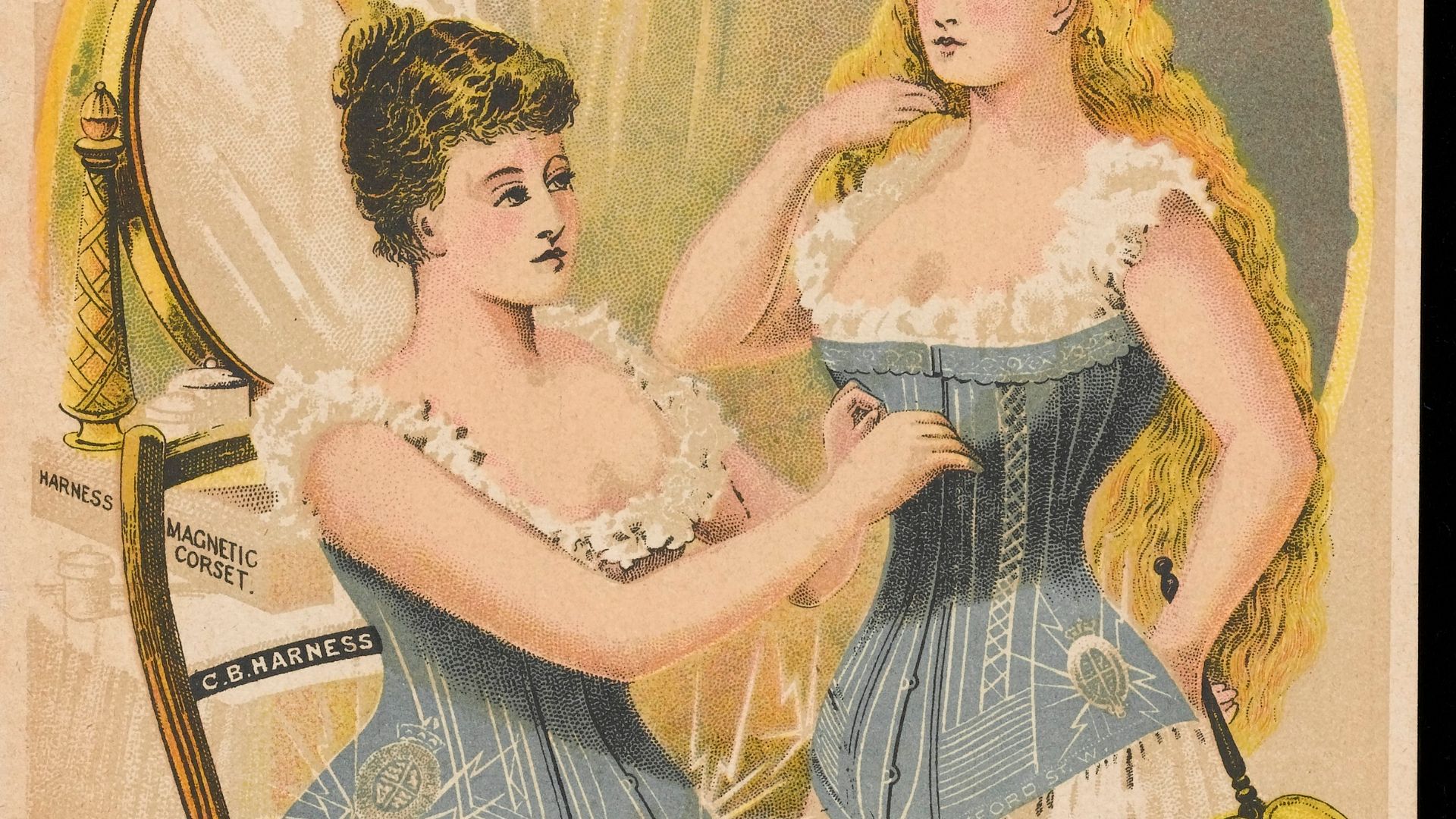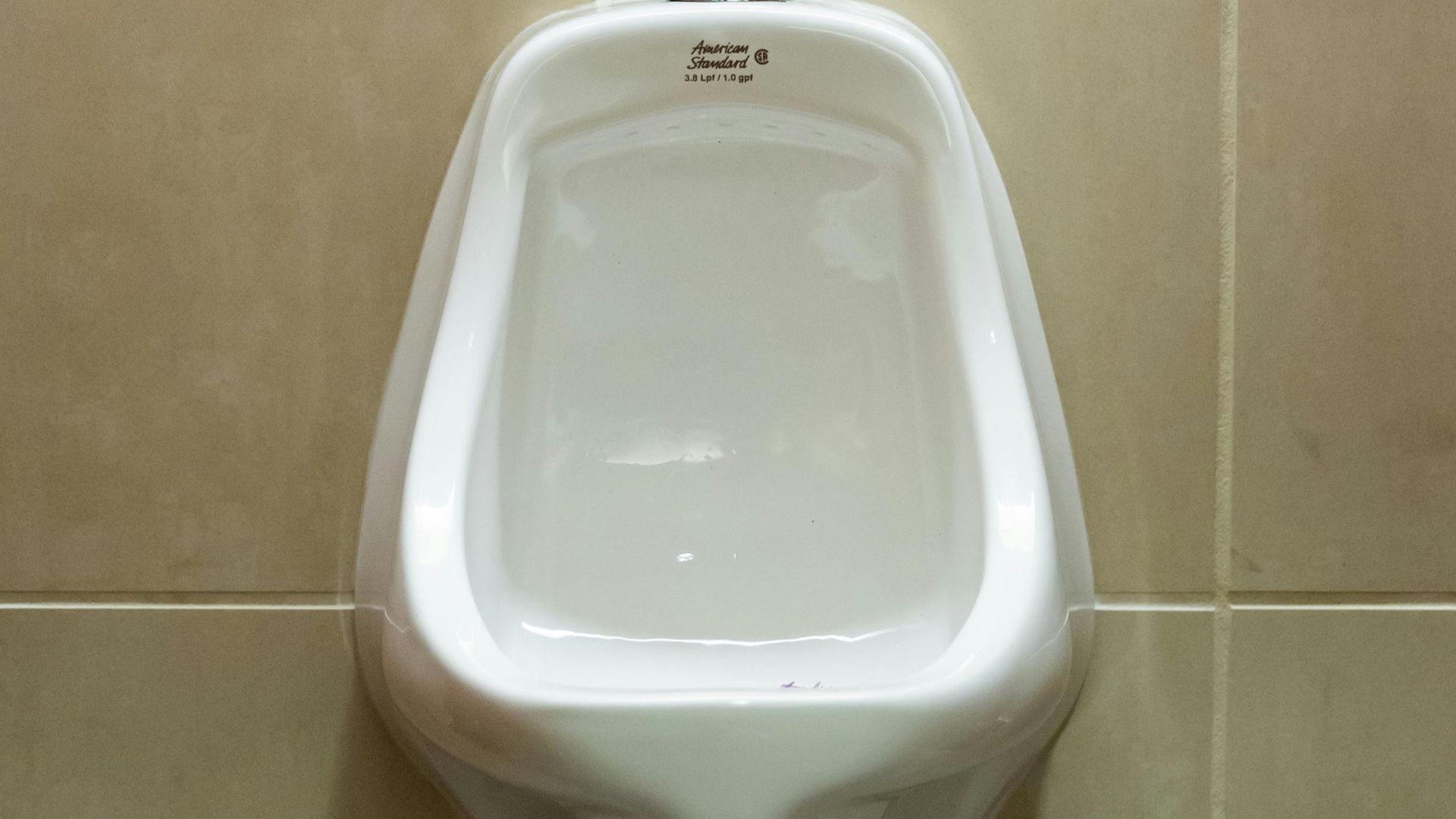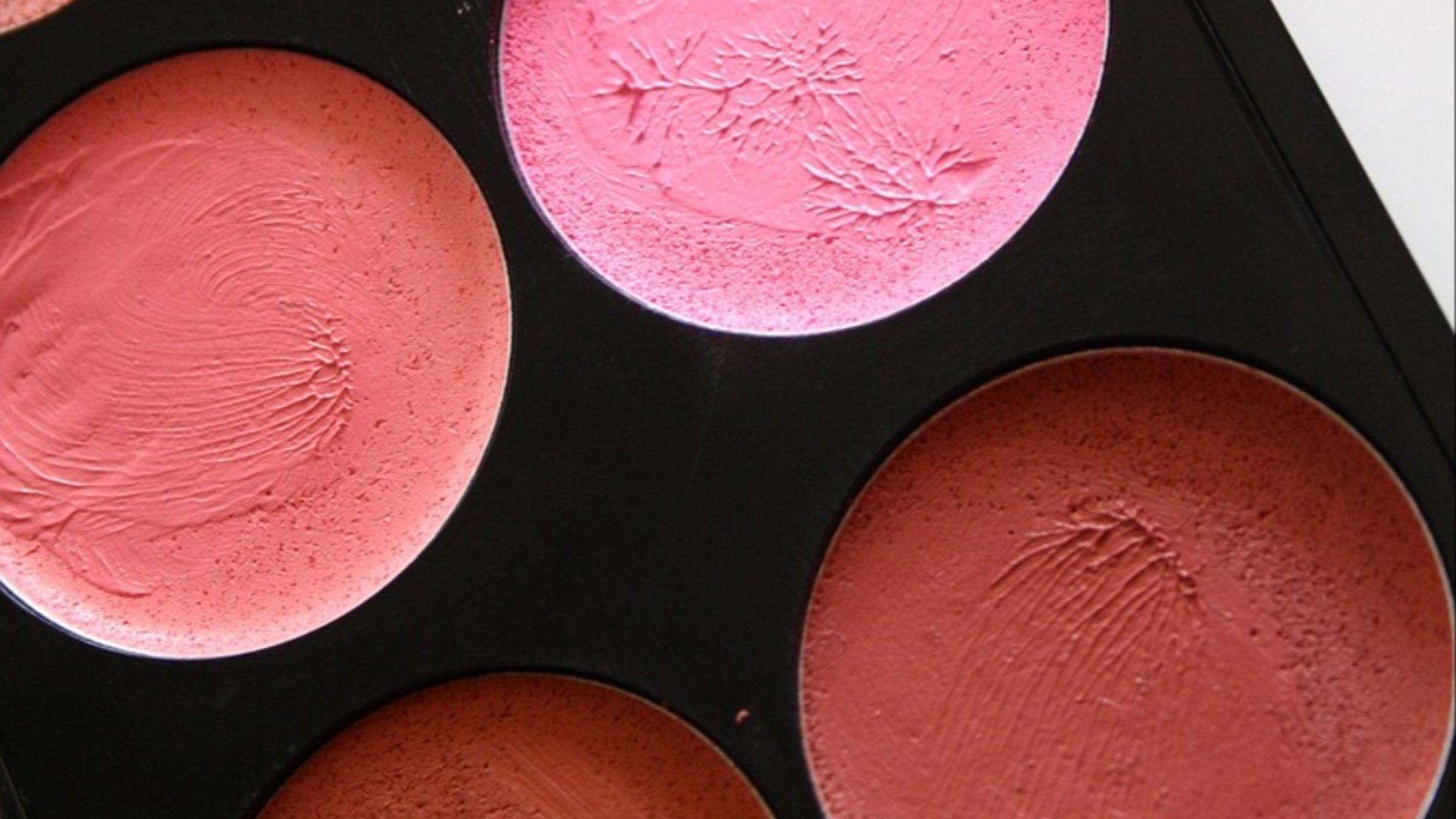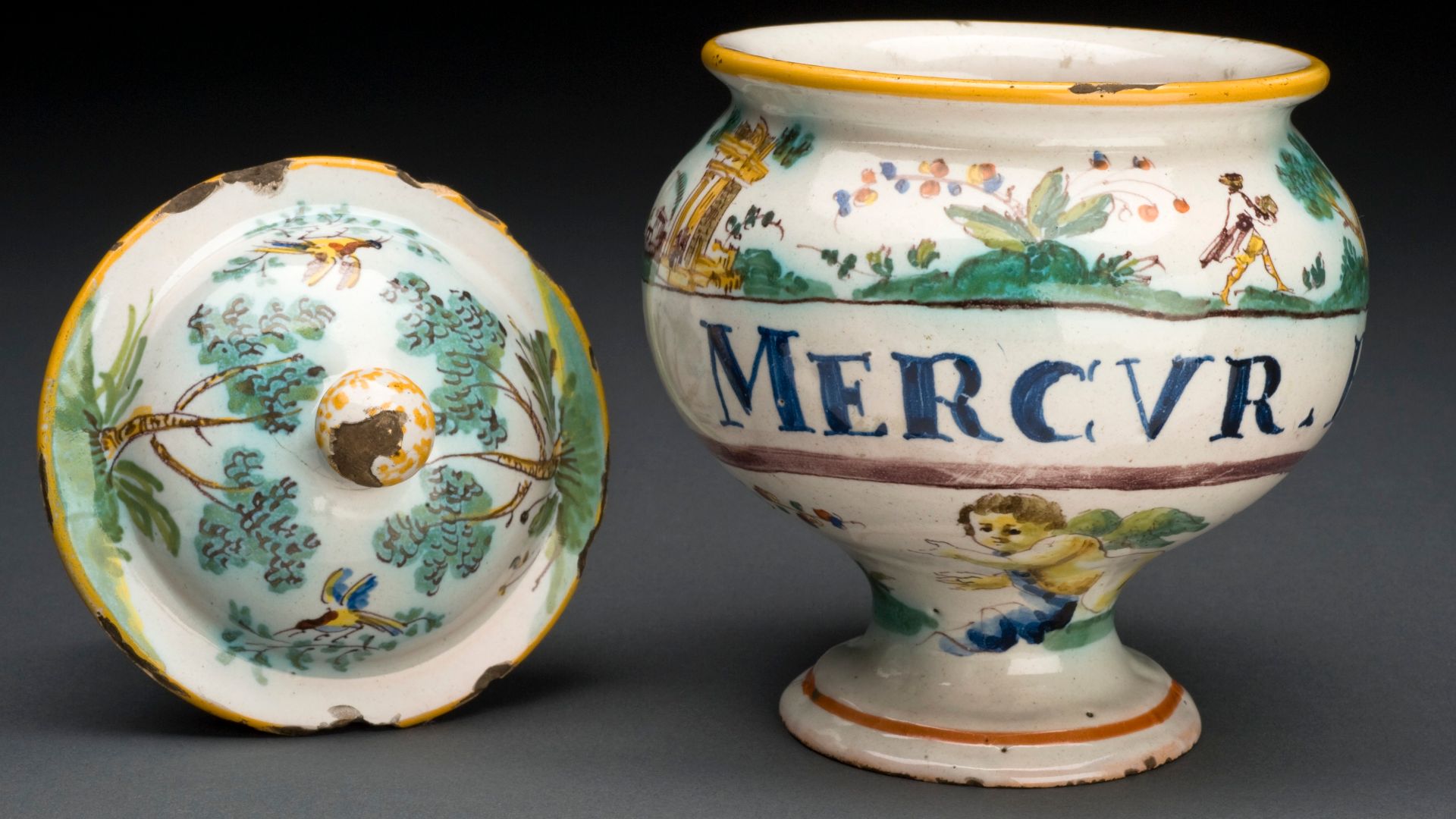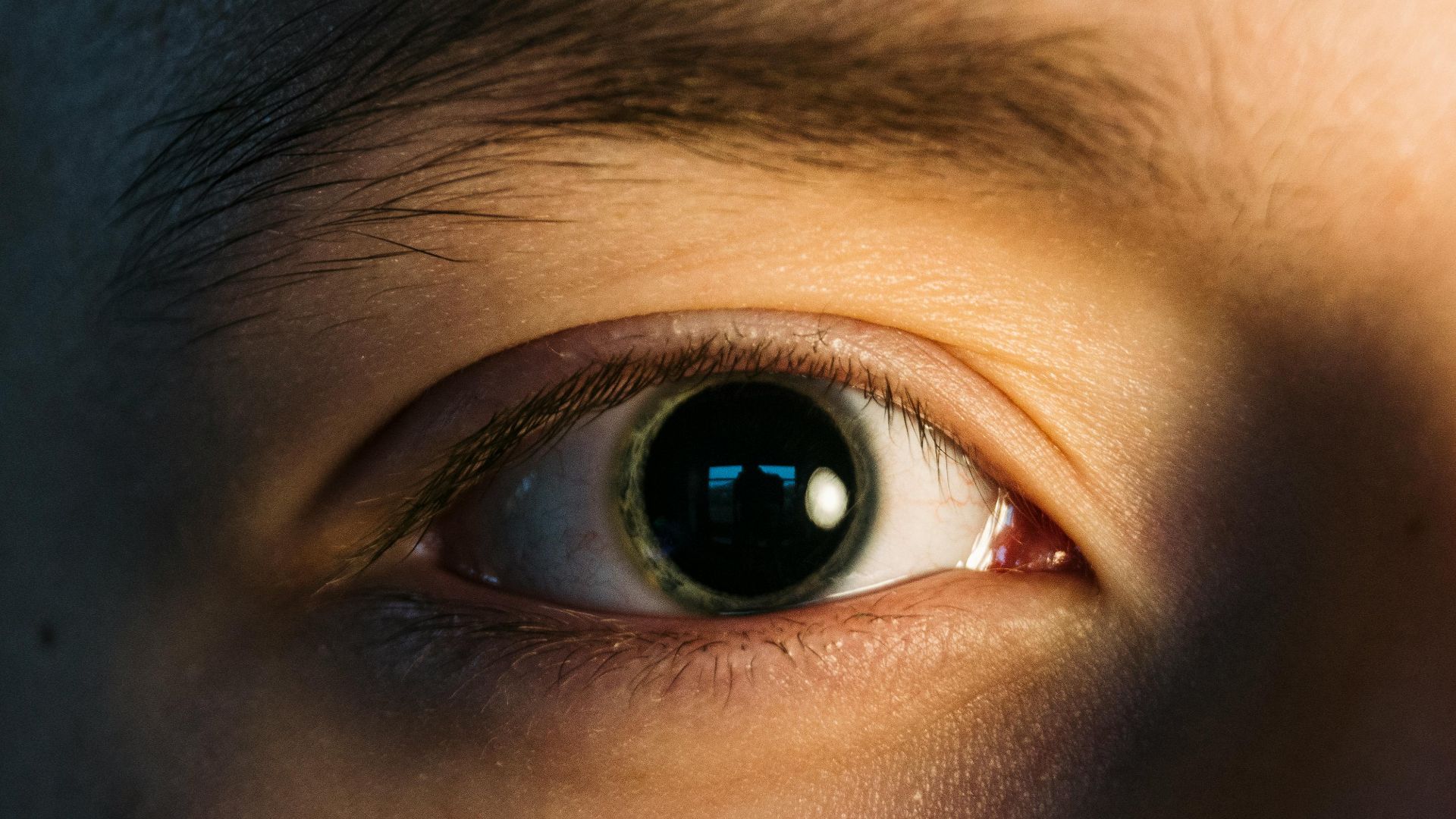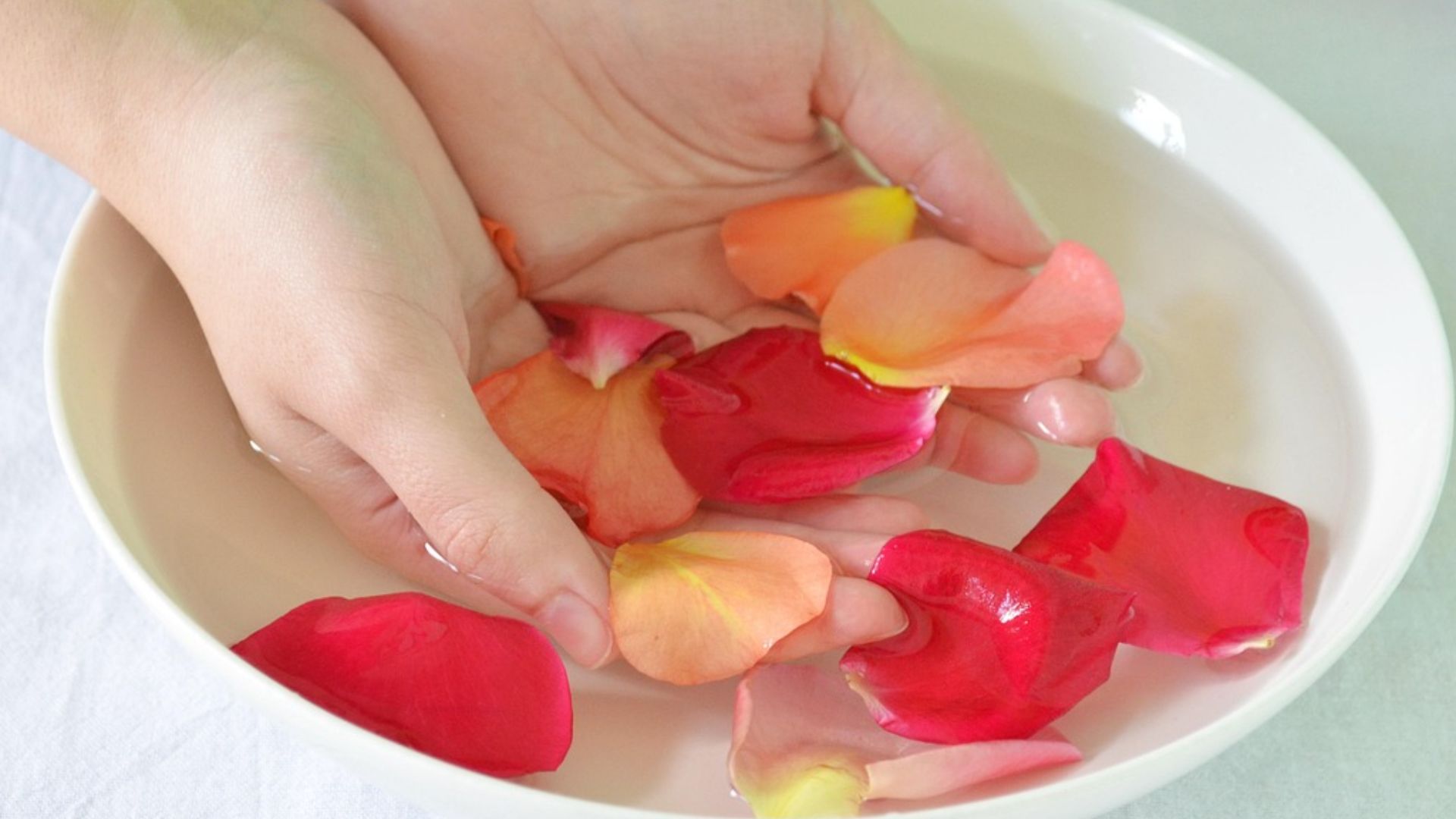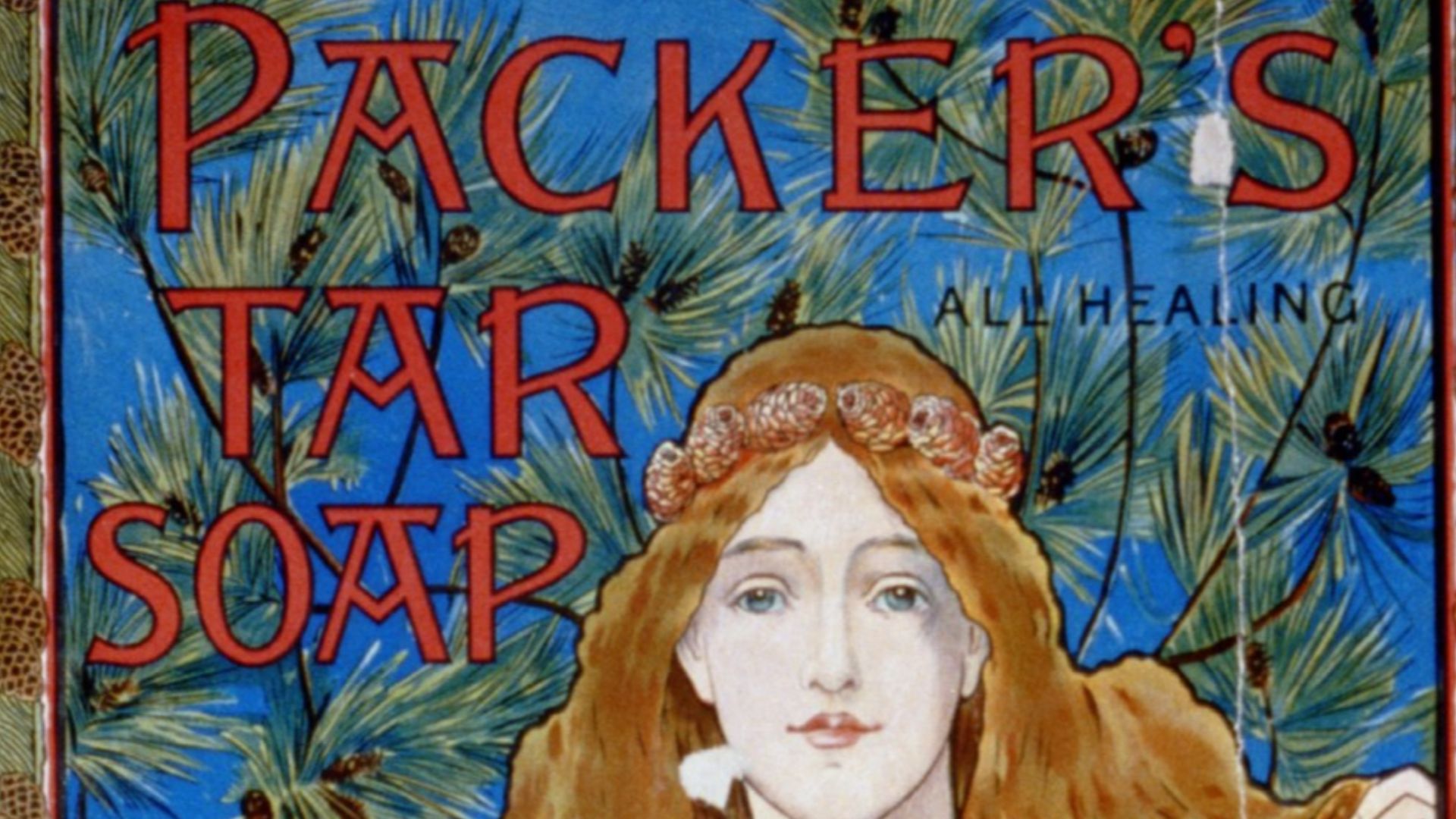Dying to Be Beautiful
Bizarre beauty trends are nothing new; just this year we've seen yarn makeup, hair identifier spray, and caveman skin. However, in 2025, we're lucky that medicine has advanced enough that we can (hopefully) spot dangerous practices a mile away. People in the past weren't so lucky, read on to explore some of the most dangerous and downright alarming things people of the past did to be be beautiful.
1. Venetian Ceruse
Have you ever looked at a picture of Elizabeth I and wondered how she maintained her milky white complexion? Elizabeth was one of many 16th-century women who used Venetian ceruse, a skin whitener made with lead. While it lightened the skin, it also caused skin damage, hair loss, and lead poisoning.
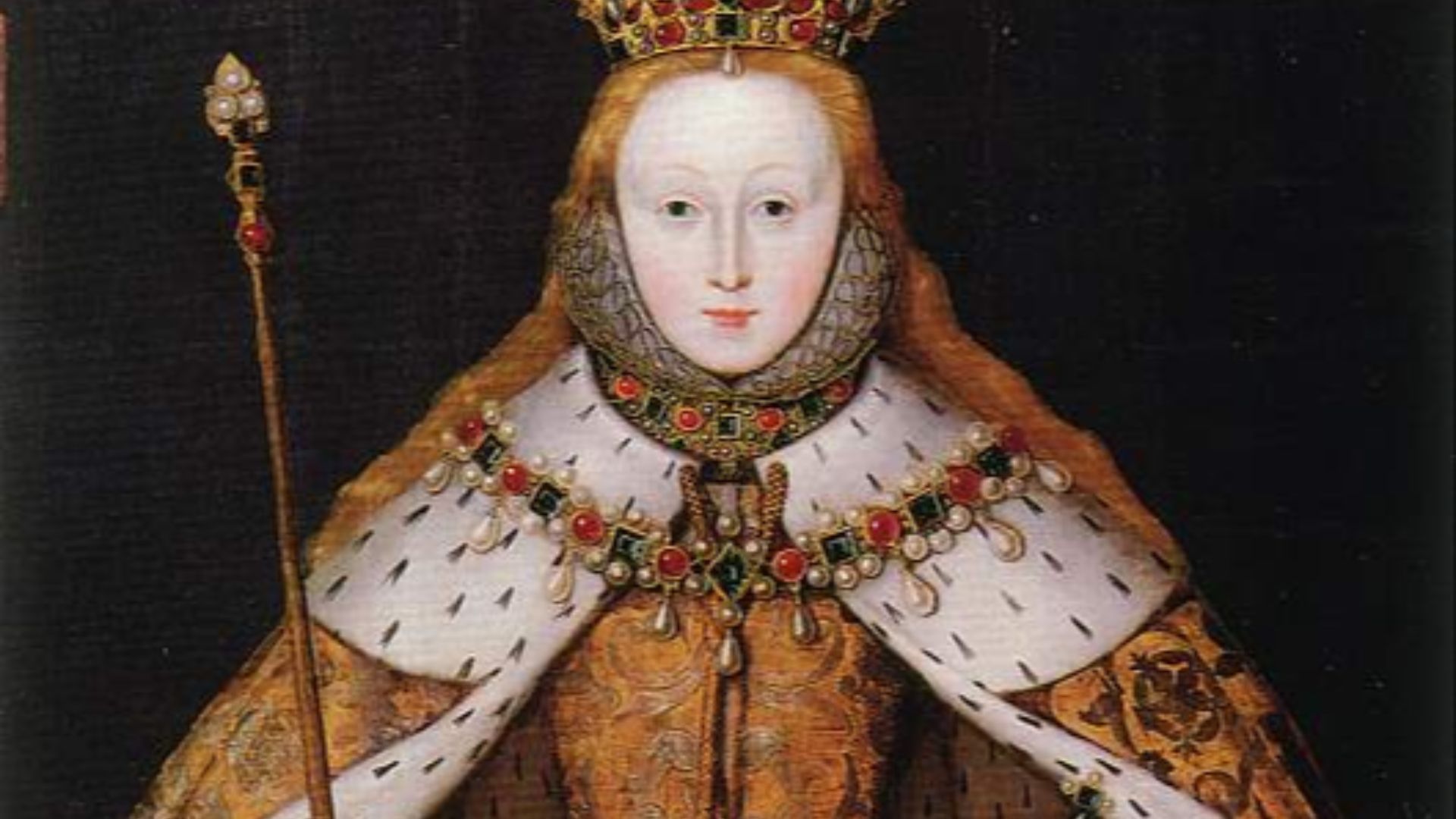 Follower of Alessandro Adami on Wikimedia
Follower of Alessandro Adami on Wikimedia
2. Arsenic Wafers
Another way you could lighten and smooth your complexion was by nibbling at arsenic wafers. Arsenic wafers were said to remove pimples and freckles as well as give the complexion "an indescribable brilliancy". In addition to being toxic, arsenic could ironically worsen hyperpigmentation.
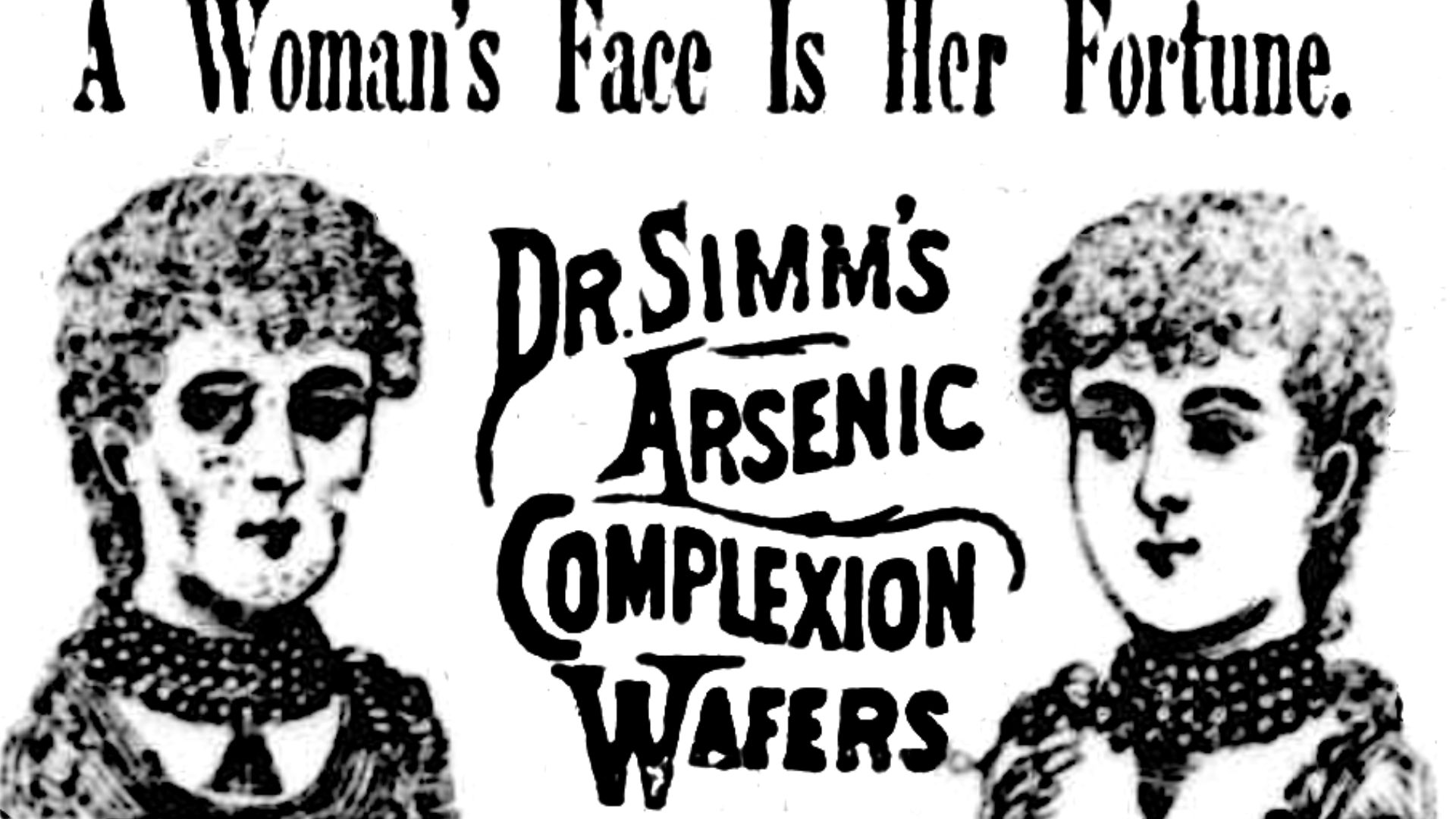 The Helena Independent (newspaper) on Wikimedia
The Helena Independent (newspaper) on Wikimedia
3. Arsenic Makeup
Wanted a smooth complexion but didn't like the taste of arsenic? No problem, arsenic soap, face washes, and creams were also readily available. The look of pale skin with flushed cheeks and lips mimicked that of tuberculosis patients, who were dying by the millions in the 19th century.
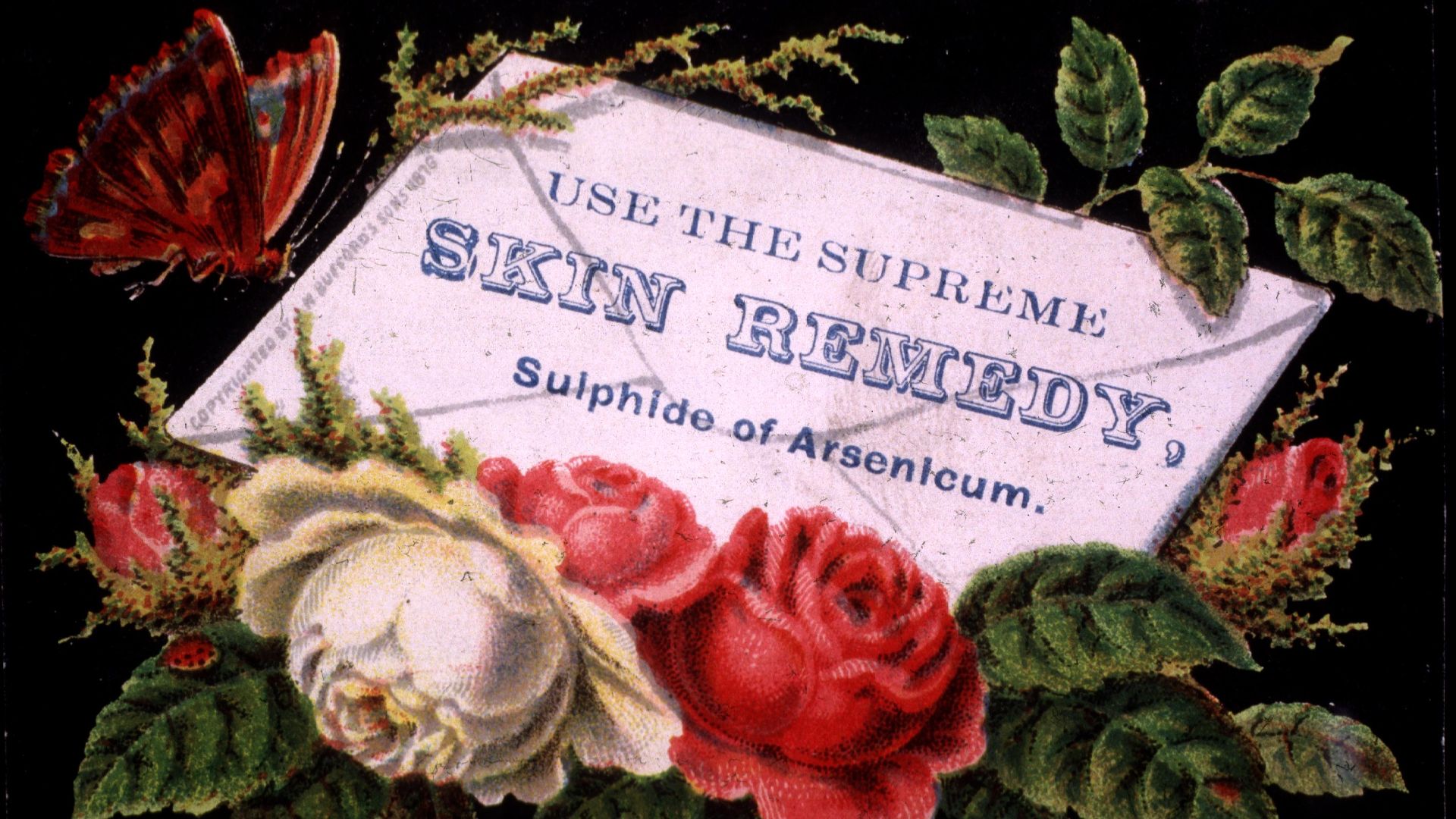 National Library of Medicine - History of Medicine on Wikimedia
National Library of Medicine - History of Medicine on Wikimedia
4. Footbinding
Footbinding was a common practice throughout Imperial China. The painful process involved breaking and tightly binding the foot to achieve a delicate lotus shape, and was often begun in childhood before the arch fully developed. Footbinding was officially banned in 1912.
5. Tightlacing
When worn correctly, corsets were integral undergarments that provided excellent back and bust support. When laced too tightly to reduce the waist, however, corsetry could lead to labored breathing and deformation of internal organs. Additionally, many surviving pictures of wasp-waisted women have been retouched with Victorian photoshop.
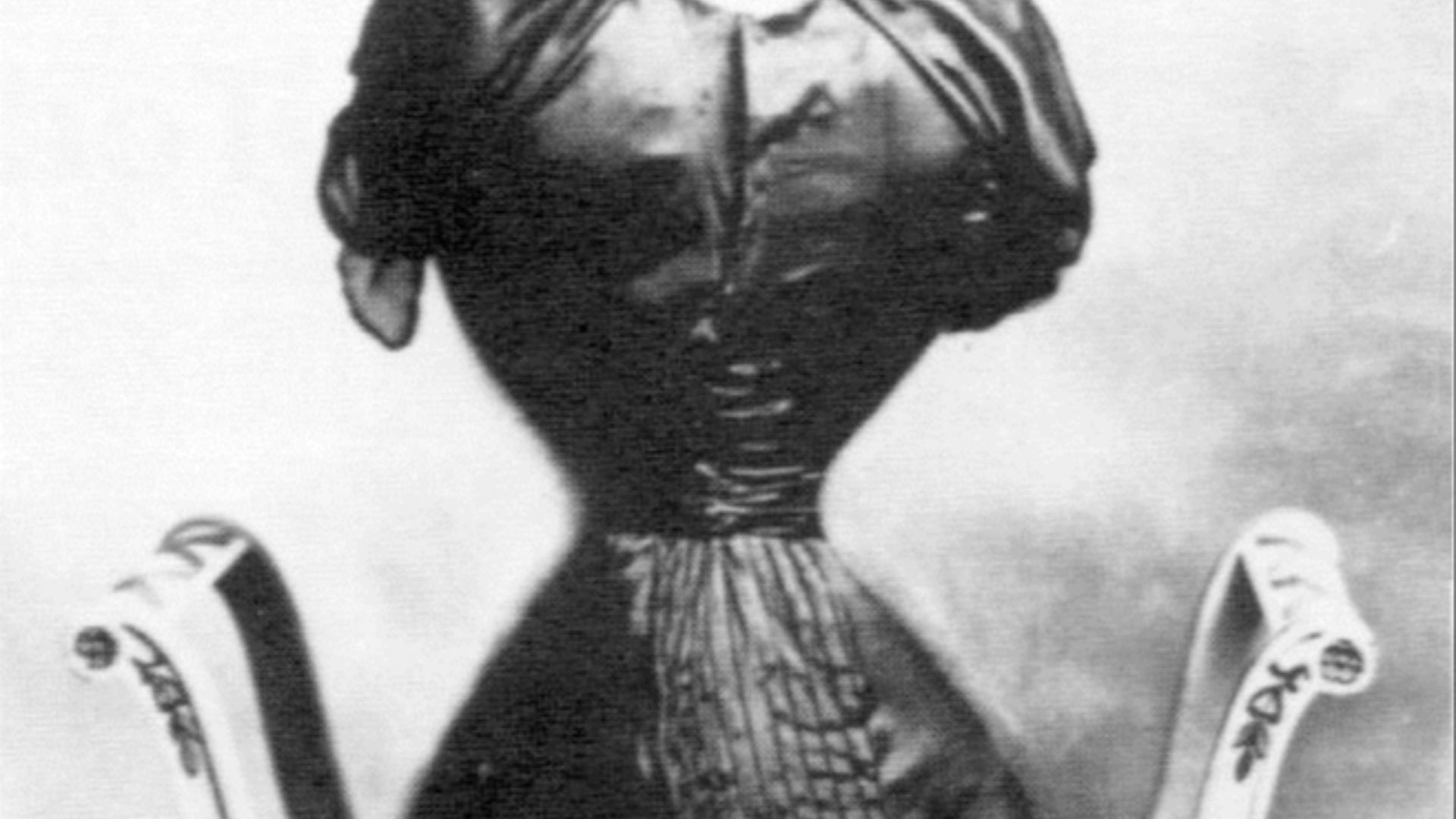 Unknown authorUnknown author on Wikimedia
Unknown authorUnknown author on Wikimedia
6. Electric Corsets
As if tightlacing wasn't bad enough, you could also buy electric corsets in the 1880s. These corsets weren't used for weight loss, as you might imagine, but rather as a cure-all for every malady under the sun. Allegedly, electric corsets could cure nerves, rheumatism and "other disease peculiar to women".
7. Radithor
Soon after radium was discovered and found successful in treating certain cancers, it was used in every possible makeup product. Radithor was one of many products which was believed to rejuvenate the skin. Radium fell out of favor after a socialite contracted cancer, lost his jaw, and had to be buried in a lead-lined coffin following his use of radium.
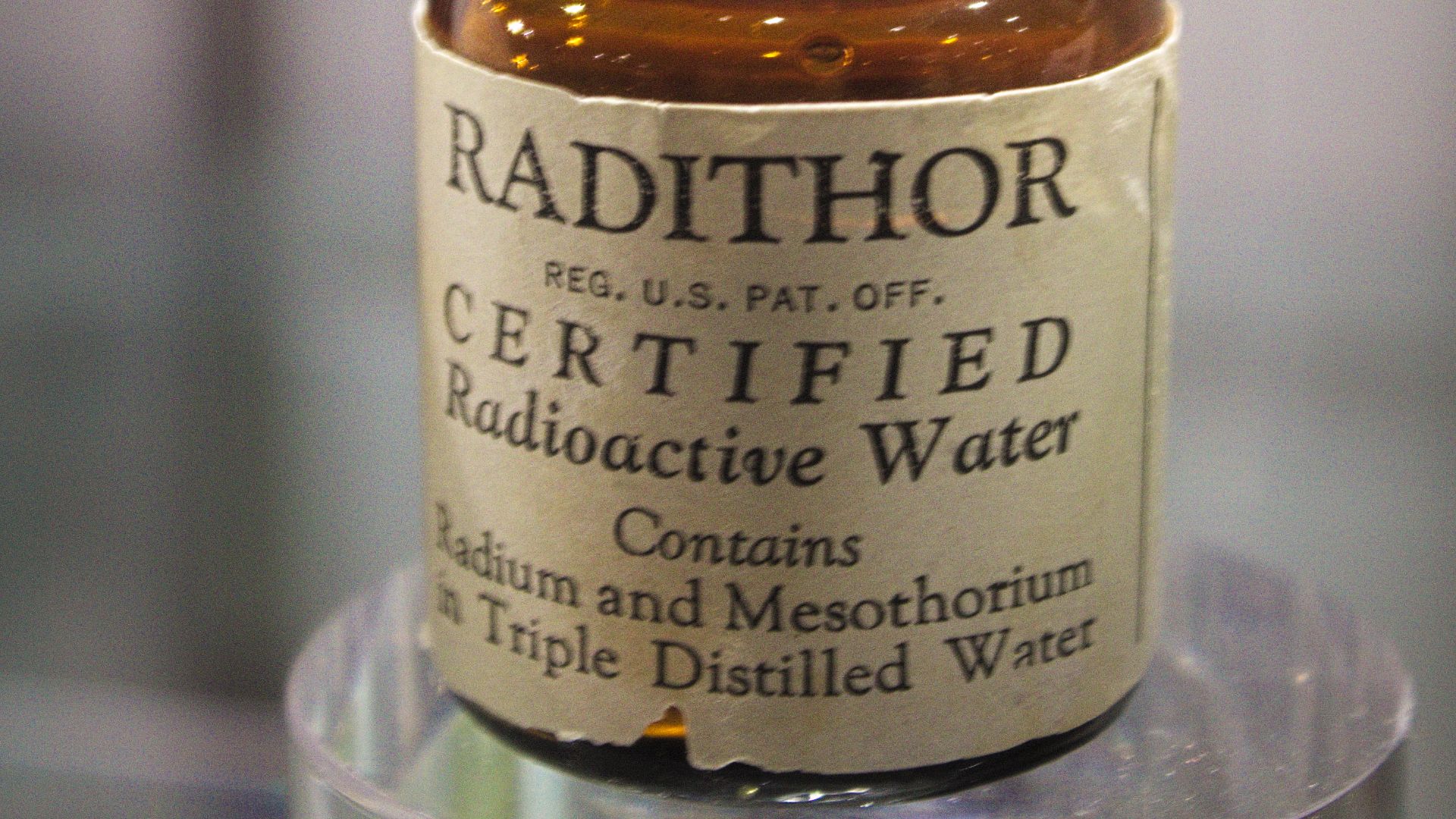 Sam LaRussa from United States of America on Wikimedia
Sam LaRussa from United States of America on Wikimedia
8. Urine Mouthwash
Amonia is an active ingredient in many cleaning products today, it's also naturally produced in the form of urine. Not only was urine used to clean clothes and brighten dyes, it was also used to enhance those pearly whites. This practice was seen, but not widely used, during the Roman empire.
9. Dung Baths
Mud baths aren't too out there nowadays, but dung baths are a whole other story. Ancient Greeks and Romans believed that crocodile dung had restorative properties and mixed it with mud for anti-aging facials. We don't envy the people who had to collect it.
10. Forehead Plucking
Okay, this one isn't dangerous per se, but it's certainly painful. When high foreheads and elongated faces were on trend in the Medieval and Renaissance eras, women would pluck their eyebrows and hairlines as far back as possible. this was supposed to create an image of angelic purity.
 Unknown authorUnknown author on Wikimedia
Unknown authorUnknown author on Wikimedia
11. Leaded Makeup
While we've already covered lead makeup in the Elizabethan era, it was used all the way back in ancient Egypt. To keep the sun out of their eyes, the ancient Egyptians developed the original smoky eye. In addition to lead-based kohl, they also used malachite, which is a poisonous copper powder.
12. Cinnabar Blush
Rosy cheeks are a sign of health and youthfulness, especially when paired with a delicate complexion. To achieve this look, a mixture of cinnabar and red lead was applied to the face. Cinnabar just so happens to contain mercury, the toxic element formerly found in thermometers!
13. Mercury Skin Cream
Speaking of mercury, it has a long history of use in skin creams. In the 1300s, mercury was mixed with animal fat to form a cream used to treat patients with leprosy and psoriasis. Worryingly, products are still being recalled today due to exposure to mercury.
14. Belladonna Eye Drops
The common name for Deadly Nightshade, belladonna, literally means "beautiful woman". This name arose during the Renaissance, when women used belladonna to dilate their pupils for a seductive look. in addition to being poisonous, belladonna can lead to increased heart rate and blindness.
15. The Tapeworm Diet
Tapeworm diets are used as the punchlines to jokes nowadays, but they were very, very real in the Victorian era. Simply ingest a pill containing a tapeworm and let it eat what you eat while remaining thin. The tapeworm diet was a way for women to literally have their cake and eat it too.
16. X-Ray Hair Removal
Wilhelm Röntgen made one fatal mistake when he discovered X-rays: he forgot to patent them. Soon, people were building X-ray machines of their own ans using them to remove unwanted hair. While painless, this method led to skin damage, burns, and cancer.
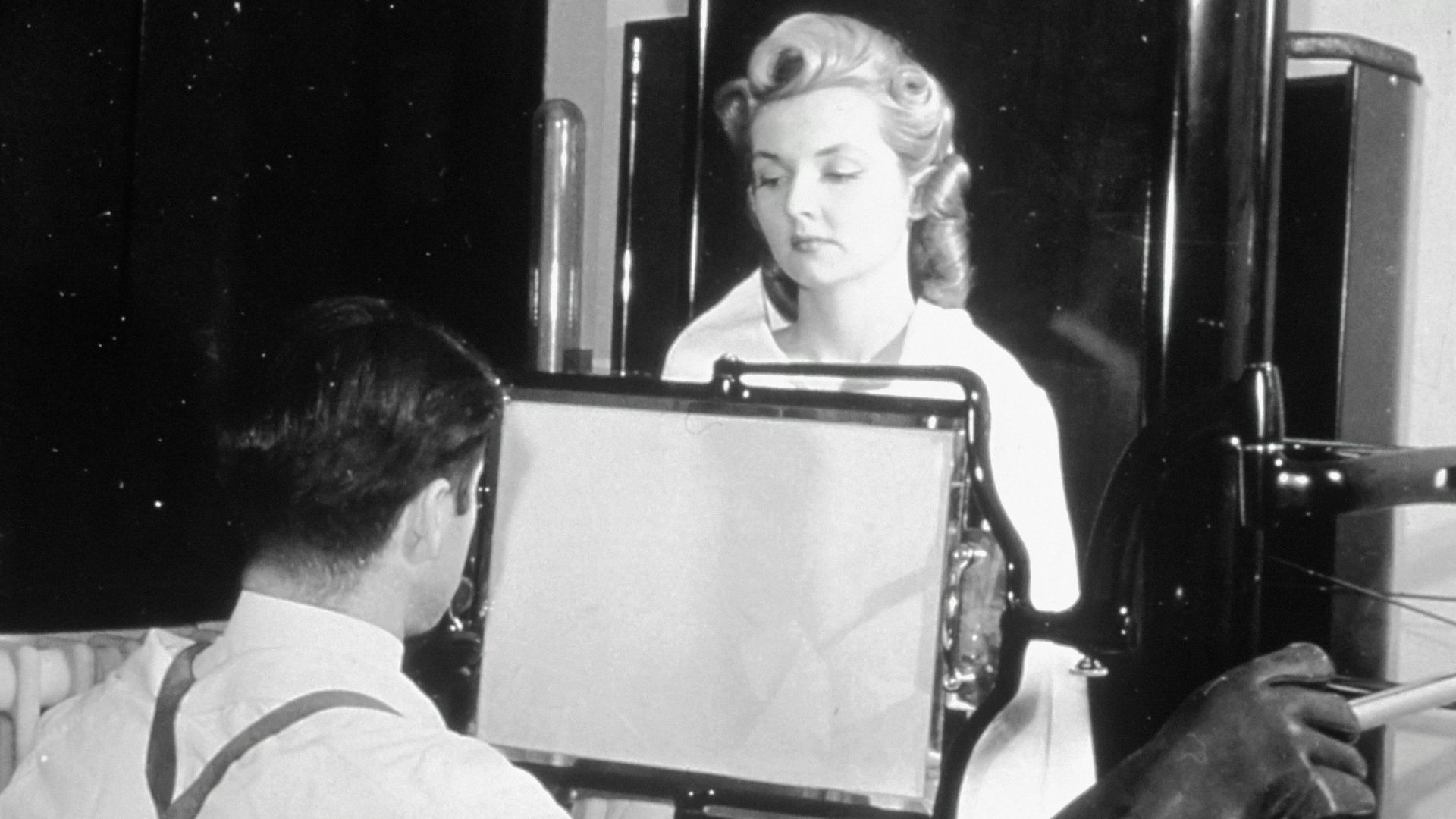 National Cancer Institute on Unsplash
National Cancer Institute on Unsplash
17. Dimple Machines
Dimples are one of the most desirable traits today, with some influencers even undergoing plastic surgery to achieve them. In the 1930s, however, there was a simpler solution. Isabelle Gilbert's Dimple Maker was a brace which pushed dent into your cheeks, ouch!
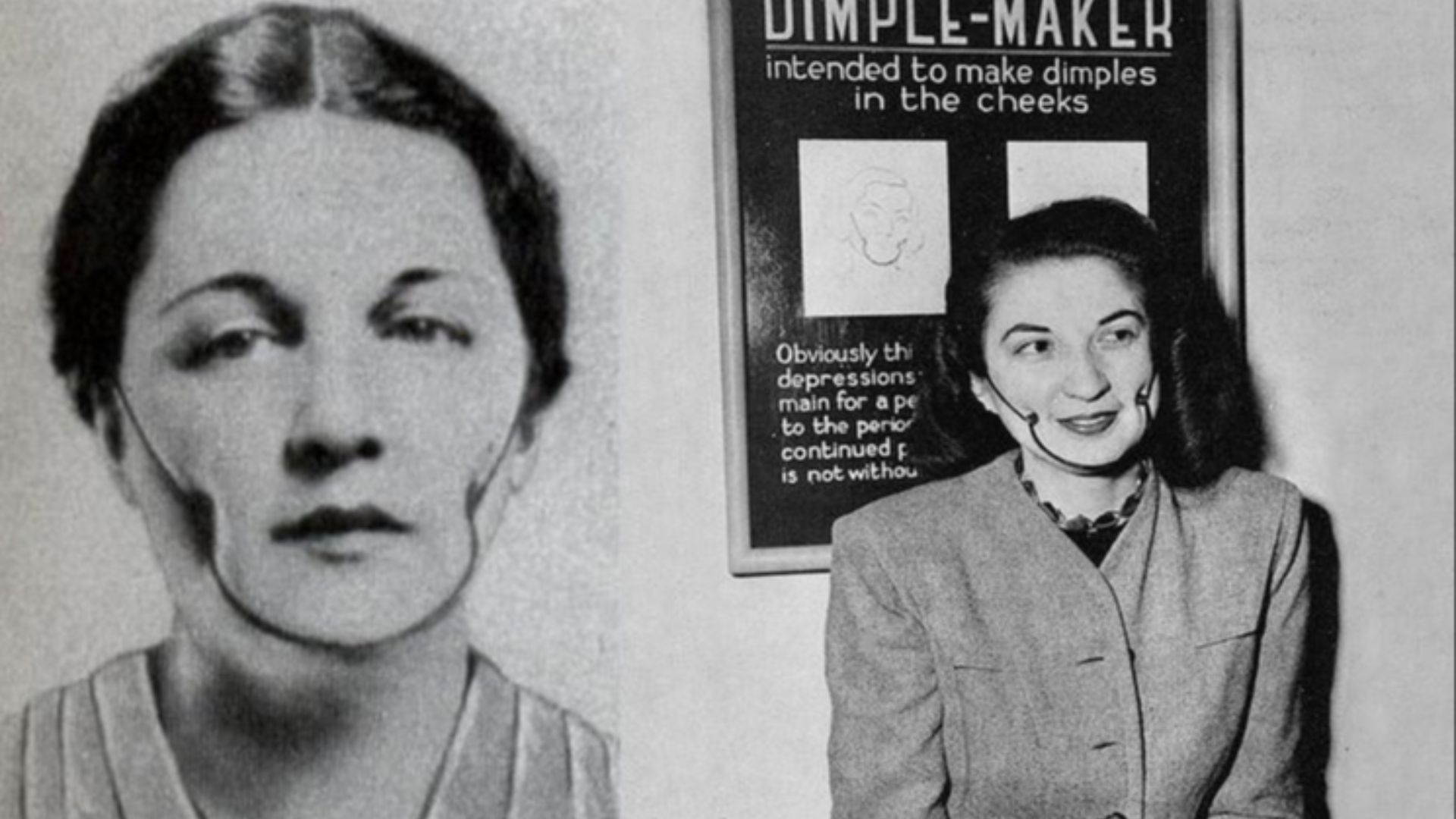 Unknown authorUnknown author on Wikimedia
Unknown authorUnknown author on Wikimedia
18. Quicklime Hair Removal
Quicklime, or calcium oxide, is a caustic chemical compound. One recipe from, 1871 combined it with arsenic and lye for a cream that would make hair fall right off. Quicklime is still used today, albeit in chemistry rather than beauty.
19. Milk Of Roses
How dangerous could something called "milk of roses" be? This cleanser by the Pears Soap Co. was popular during Jane Austen's time. It consisted of rosewater, almond oil, potassium carbonate, and Goulard's extract—another name for sugar of lead.
20. Gasoline Dry Shampoo
Just reading the words "gasoline dry shampoo" should be setting off blaring alarm bells in your head. Not only is gasoline extremely corrosive, it's also flammable. This is exactly what happened in 1897 when a woman named Fanny Samuelson caught fire when friction caused her shampoo to ignite.




